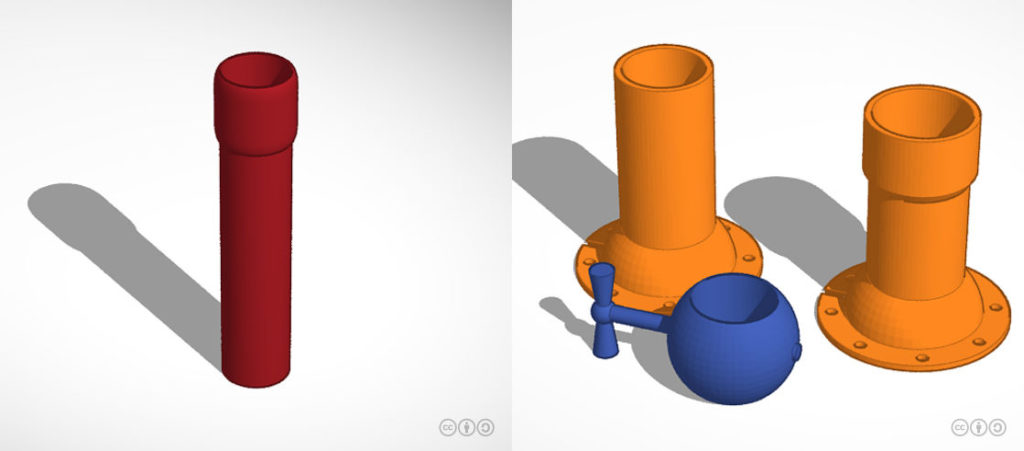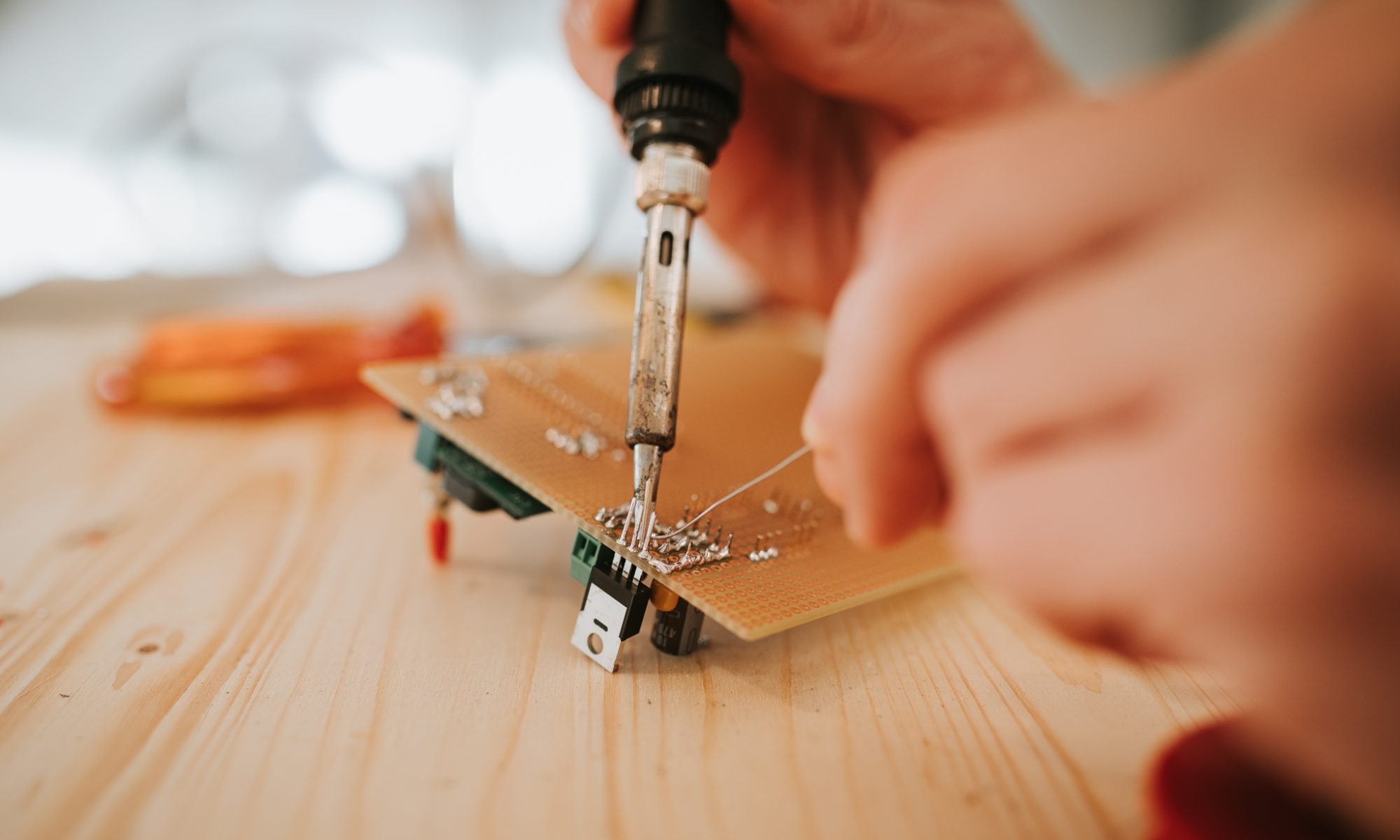Bowl Feeders are used very often in industry when a bulk load of pieces must be separated into single pieces. They consist of a bowl with a spiral ramp on the inside. The bowl is vibrated around its center in a way that each point of the ramp vibrates horizontally and vertically, e.g. in a small circle. This will cause parts on the ramp to be thrown forward a little on each vibration.
Each bowl feeder must be made specifically for the goods it should process, mainly for the pieces’ physical dimensions. This is the reason why I want to 3d-print my bowl. 3d-printing is quick and if a tiny detail doesn’t fit, I can cheaply make a new one.
At first, I was not sure 3d-printing technology is really suited for this job, so I did a short Google search. I found the Swiss company Rüfenacht AG, who specialised on producing bowl feeders with 3d printers. As advantages they name the comparatively low costs and the high degree of flexibility. That means my idea is actually doable!
Choosing a CAD software
I read through many forums to find out what software people recommend. It seems there is no clear winner, some people prefer this software, others some other software.
One solution that is always praised as “beginner-friendly” is Tinkercad. I had a look at it and was positively surprised that it completely works in your Chrome browser, no need to install a gigabyte-sized software package. And it comes from Autodesk®, the absolute specialists in 3d software.
I did two test projects to get acquainted with Tinkercad, a simple pipe and a ball valve:

I quickly realized building a bowl feeder from basic geometric shapes will be quite difficult: making a spiral is difficult, making it become wider each rotation will be more difficult and tilting it outwards so that parts can lean at the outer wall even more difficult. But luckily, one can program custom shape generators in Tinkercad using JavaScript, and being a software developer, that should not be too much of a problem for me!
Custom Shape Generators in Tinkercad take a series of parameters which can be altered by the user. In my case this will be things like the radius of the bowl, the number of windings, their width and height, or how much they are tilted outwards. From these, the generator produces a number or triangles that are then assembled into a mesh and then turned into a solid object.
I now have to implement this generator, I will describe the details in my next post.

One Reply to “Designing a Bowl Feeder”